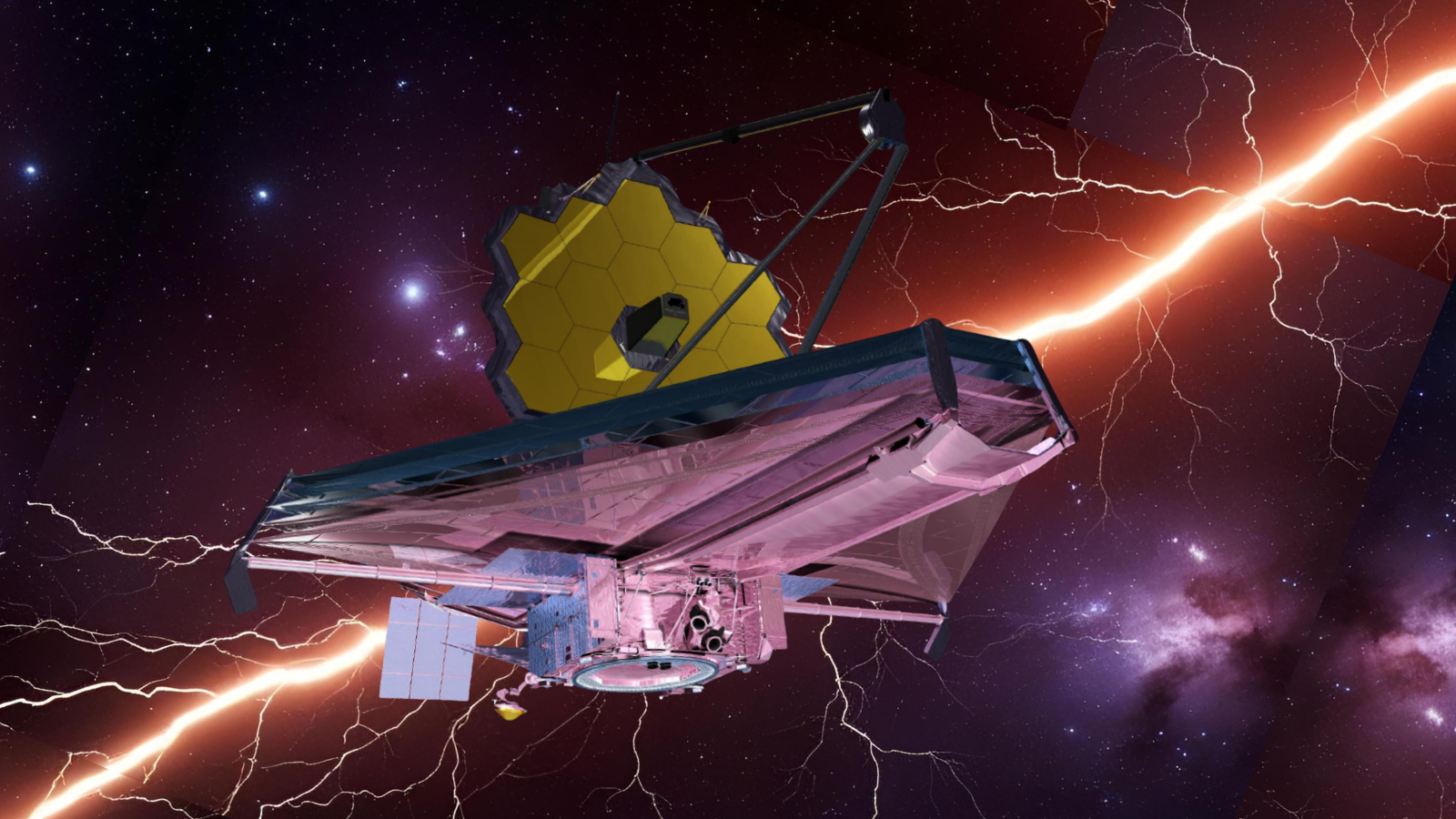The Science Behind the Aug. 1 Solar Eclipse

A total solar eclipse Aug. 1 will be seen only by a handful of observers lucky enough to be in the path, which starts in Canada and runs across the Arctic, through Russia and into China.
For those select few, day will turn to night, the stars will come out (weather permitting), and the moon's blackout of the sun will provide a dazzling visual spectacle that skywatchers will never forget.
The celestial alignment will create a partial eclipse visible across a broader area, including the far northeastern corner of North America and most of Europe and Asia.
Many people go a lifetime never witnessing a total solar eclipse. And in fact we happen to live in a rare moment in the 4.5-billion-year history of our planet when total solar eclipses are just barely possible due to some remarkable solar system alignments.
How it works
Solar eclipses occur when the moon moves in front of the sun. This can happen only at the time of a new moon, when the moon is between Earth and the sun, therefore making the latter no longer visible in our daytime sky.
Because the moon's orbit is tilted about five degrees off from the plane of Earth's orbit around the Sun, usually the new moon passes above or below the sun in our sky.
Breaking space news, the latest updates on rocket launches, skywatching events and more!
But when all three objects line up perfectly, the moon casts its dark conical shadow, called the umbra (from Latin for "shade") onto Earth's surface. The umbra's shadow is as dark as night, and the sun appears completely blotted out.
Although the sun is about 400 times larger than the moon, the moon in turn is about 400 times closer to the Earth than is the sun. The result: They both appear virtually the same size in our sky.
Rare moment in history
Because the moon is constantly moving away from Earth, at about 1.6 inches (4 centimeters) per year, eventually total eclipses will not be possible.
Meantime, eclipses are not really rare. As a celestial rule, at least two partial solar eclipses occur each year and in some years there can be up to five. A total eclipse of the sun occurs somewhere in the world about every 18 months, on average.
But it is indeed rare to see one. While an eclipse of the moon (when Earth blocks sunlight from lighting up the moon) is visible from half the planet, solar eclipses are visible only from a narrow path.
In this case, the swath of Earth in total darkness, called the path of totality, will be only about 157 miles (252 km) wide.
Any given spot on the Earth's surface will play host to a total solar eclipse on an average of once every 375 years.
Surrounding the umbra is the penumbra (Latin, paene-umbra, "almost shadow"). It is much wider, touching the surface of Earth on a swath about 5,000 miles (8,000 km) wide. Anyone inside that shadow can see a partial eclipse, weather permitting. From Earth, it will appear as if a bite has been taken out of the sun, but the sky does not typically grow noticeably darker unless 70 percent or more of the sun is blocked out.
Safe viewing
The most important thing to keep in mind when viewing the sun, including during a partial eclipse, is to never look at even a portion of the sun directly without proper viewing glasses. Such special eyewear has special filters expressly designed for viewing the sun and can be found at some science and astronomy stores and online. An alternative is to purchase a piece of number 14 welder's glass from a welding supply store.
Sunglasses are not acceptable and your eyes can be permanently damaged by looking even for a fraction of a second at any eclipse. Telescopes and binoculars must be outfitted with special filters before they can be safely used.
Several tricks can be employed to watch an eclipse indirectly:
Use a small mirror, like a makeup mirror, explains veteran eclipse watcher and NASA researcher Fred Espenak. With masking tape, cover all but about a 1/2" square in the center of the mirror. Then hold the mirror at an angle and project the Sun onto a shaded wall or into a garage.
Create a simple version of what's called a pinhole camera. Start with two pieces of white paper, suggests University of Chicago astronomer Douglas Duncan. Poke a small hole in one with a pencil or pen. Let sunlight go through that hole and fall onto the second piece of paper, held a foot or two below the first, in its shadow.
On July 25, SPACE.com will provide a more complete look at viewing opportunities for the Aug. 1 eclipse.
- Video: How to Safely Watch an Eclipse
- Galleries: Solar Eclipse in 2005 and 2006
- Video: How Eclipses Work
SPACE.com's Skywatching Columnist Joe Rao and Senior Science Writer Robert Roy Britt contributed to this report.

Space.com is the premier source of space exploration, innovation and astronomy news, chronicling (and celebrating) humanity's ongoing expansion across the final frontier. Originally founded in 1999, Space.com is, and always has been, the passion of writers and editors who are space fans and also trained journalists. Our current news team consists of Editor-in-Chief Tariq Malik; Editor Hanneke Weitering, Senior Space Writer Mike Wall; Senior Writer Meghan Bartels; Senior Writer Chelsea Gohd, Senior Writer Tereza Pultarova and Staff Writer Alexander Cox, focusing on e-commerce. Senior Producer Steve Spaleta oversees our space videos, with Diana Whitcroft as our Social Media Editor.
